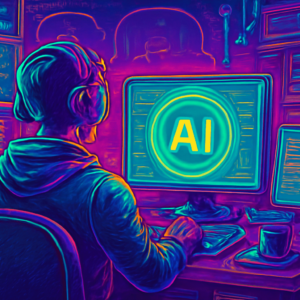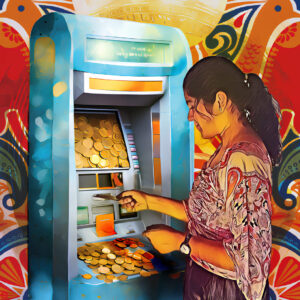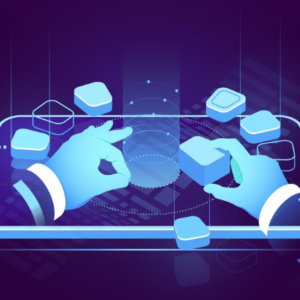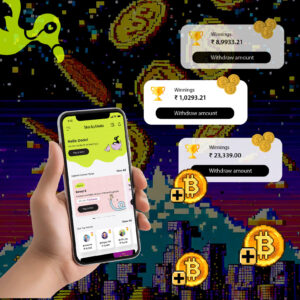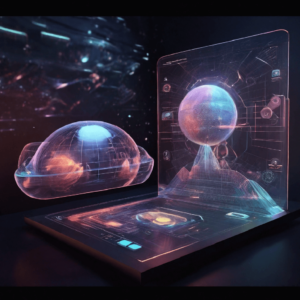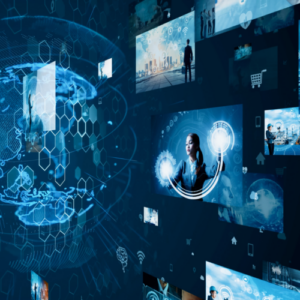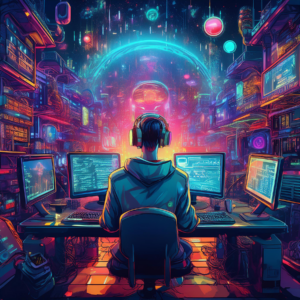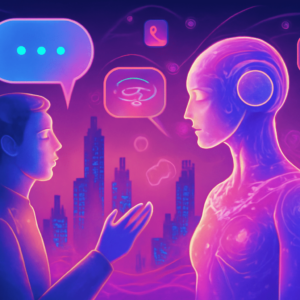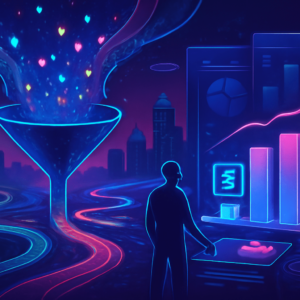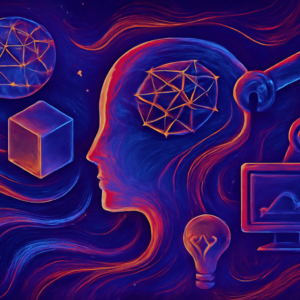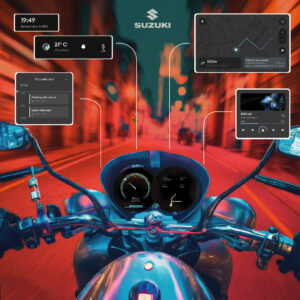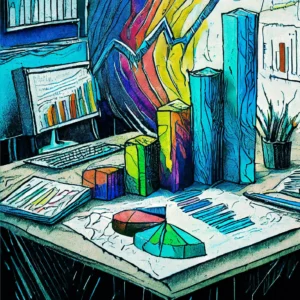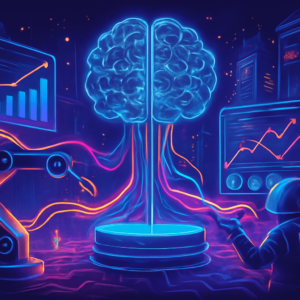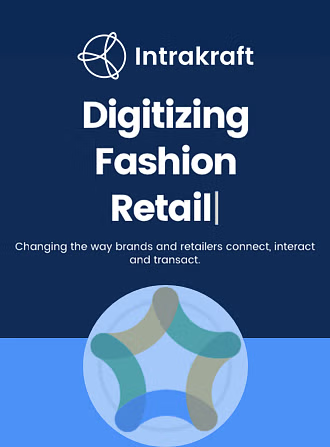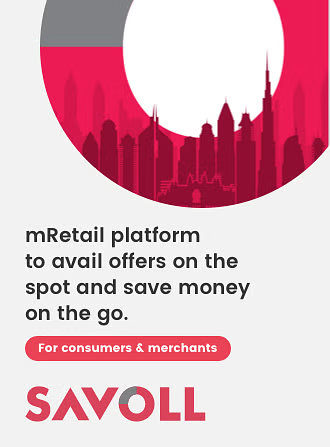Retail
Hyper-connected industries dynamically converging to meet human needs
Omnichannel digital retail experience intensified at the edge
Modern day retail experience is about creating business to consumer interactions closest to the source of need. Smart sensing of recurring livelihood needs, detection of inventory depletion, scheduling orders and managing predictable tasks can personalize and simplify the retail experience for today’s consumer.
Modern day “bricks and clicks” businesses can benefit hugely from “consumer context sensing” tech & predictive analysis capabilities to deliver a personalized retail experience and scale that beyond physical barriers. Integrating intelligence into everyday retail operations for efficiency, bringing dynamic pricing (varying based on fluctuating demand) & hyperlocal offers delivered at the point of sale, maintaining a healthy supply-chain balance and meaningfully digitizing processes from supply to demand end, is changing the future for many retail businesses.

Our offerings for retail businesses :
Omni-channel retail digital transformation
AI/MLpowered dynamic pricing by location, market and time
Retail process automation for operational efficiency
Dynamic inventory management, demand-supply based pricing
Smart payment enablement and technology integrations
Smart beacon technology development for personalized in-store experiences
Data mining, predictive analytics & AI solutions development
Integrated platform development & blockchain implementation
Digital marketing & advertising with re-targeting
Cloud & edge development, web & mobile application development
Sales & Marketing Automation system development
Security & Digital infrastructure consultation
We help you reimagine digital retail experience delivery by spotting barriers to achieving business agility and delivering superior customer experience, and proposing a digital intervention to streamline processes for seamless delivery.
We begin by thoroughly understanding your current business model, supply-chain dynamics, digital readiness and then accordingly articulate a digital transformation strategy that can help drive greater revenue and higher profit margin, while enhancing end customer experience across all shopping channels.

More trends on today's retail consumer:
Why take action now?
– 75% of US retailers already use Beacon technology
83% of the retail decision makers and 74% of the store associates surveyed agreed that shoppers will have better experiences when associates are equipped with technology. Global Shopper Study. Zebra Technologies, 2018
70% of consumers say a company’s understanding of their individual needs influences their loyalty, and 69% say the same of personalized customer care State Of The Connected Consumer. Salesforce, 2017
79% of consumers feel that brands must actively demonstrate that “they understand and care about me. Wantedness. Wunderman, 2018
Personalization influences 38% of all digital revenue. Shopper-First Retailing. Salesforce & Publicis. Sapient, 2018
Among U.S. consumers, 50% like personalized communications and 16% like them a lot; only 20% dislike them. 58% say they will sign up for personalized offers . Consumer Value Personalization: Up Your Game to Not Miss The Opportunity Report. Periscope by McKinsey, 2018
62% of retailers report that the use of information (including big data) and analytics is creating a competitive advantage for their organizations. Analytics: The Real-world Use Of Big Data In Retail. IBM, 2018
55% of shoppers say retail experiences are disconnected across channels. Global Shopper Study. Zebra Technologies, 2018
50% of companies are implementing planning and forecasting technologies, with an additional 32% increase in investments by these companies in the next year. The Future of Fulfillment Study. Zebra Technologies, 2018
Testing Automation [Ensuring your product & service is exceeding buyer expectations]
Today, your digital strategy could involve participation and integration of multiple industries and cross-pollination of ideas and offerings.
There’s high levels of integration, collaboration and interoperability made possible with technologies like Blockchain. Also, fluctuation in demand for one industry could impact others. For example, rising demand for food delivery at the door, increased the demand for 2-wheeler transport to solve the ‘last-mile-connectivity’ problem and the demand for fractional ownership of bikes.
Multi-industry collaborations or cross-domain integrations are becoming the new norm, to thrive in today’s “Intelligence first” era, businesses need to embrace this change and exploit advanced digital technologies to participate in consistently delivering maximum consumer value.
Frequently asked questions
eCommerce app can be developed in multiple ways.
You can go for MERN stack eCommerce development (recommended for entrepreneurs who want full control of their website).
Alternatively, you may go for a custom shopify store – this too is okay, but only recommended to people with 10 to 30 products. Shopify will charge you transaction fees and membership fees. And there are lot of limitations in terms of what you can do with shopify for personalization.
Another option is woocommerce & wordpress, but very companies use it because of its limitations and legacy tech. Also, you have to be dependent on external vendors all the time and can’t do anything outside the wordpress ecosystem.
So, we recommend MERN stack based custom ecommerce development. You are in control of the CX for your users and completely own your business ops online. MERN is a modern Javascript stack which is only growing further with every passing day.
MEAN is another tech stack suited to eCommerce development. But MERN is better suited for cross-platform app development which saves significant amount of money.
MERN stack ecommerce development will cost $80,000 to $150,000 depending on the features you are building. AI, Voice, Content intelligence, recommendation engines, video shopping, AR trials etcetera can be built into your app to differentiate it from the competitors and establish your brand’s market monopoly.
Energy sector is headed towards a carbon neutral future. Reliance on hydrogen, solar, wind, and other renewable energy will increase further. Data-sharing and collaboration is getting a push across organisations as this helps energy companies to gain clarity around demand, supply, inventory, financial health, Ops optimization, infrastructure security, and effective threat management. Oil, gas, and energy specific cloud infrastructure is yet to be mainstream but a lot of industry focused modular SaaS solutions are seeing increased adoption to streamline business processes. Blockchain is being utilized for compliance with regulations, and the distributed ledger technology is also integrated with plant equipments for tracking & invoicing in the real-time. CloudTech, No Ops, Cybersecurity, and other previous years trend continue to help energy Inc improve operational efficiency, reduce Ops cost, and minimize accidents.
Depending on whether you’re developing energy & utility app for corporate or for retail consumer it may have many fo the following features: signup/login flow, multiple account support for different stakeholders or multiple assets, easy switching between accounts, e-billing, meter data analysis, time-use graph, outage notifications and reporting, tiered pricing data, AI bill estimations, weather data, review & ratings, price plans information, PDF bill creation & emailing, bill reminders, XLS & JSON bill formats & APIs, history of energy usage, realtime analytics dashboard, push notifications & alerts for customers, energy conservation loyalty points, remote energy control for smart house, smart factories, payment gateway integration, etc.


